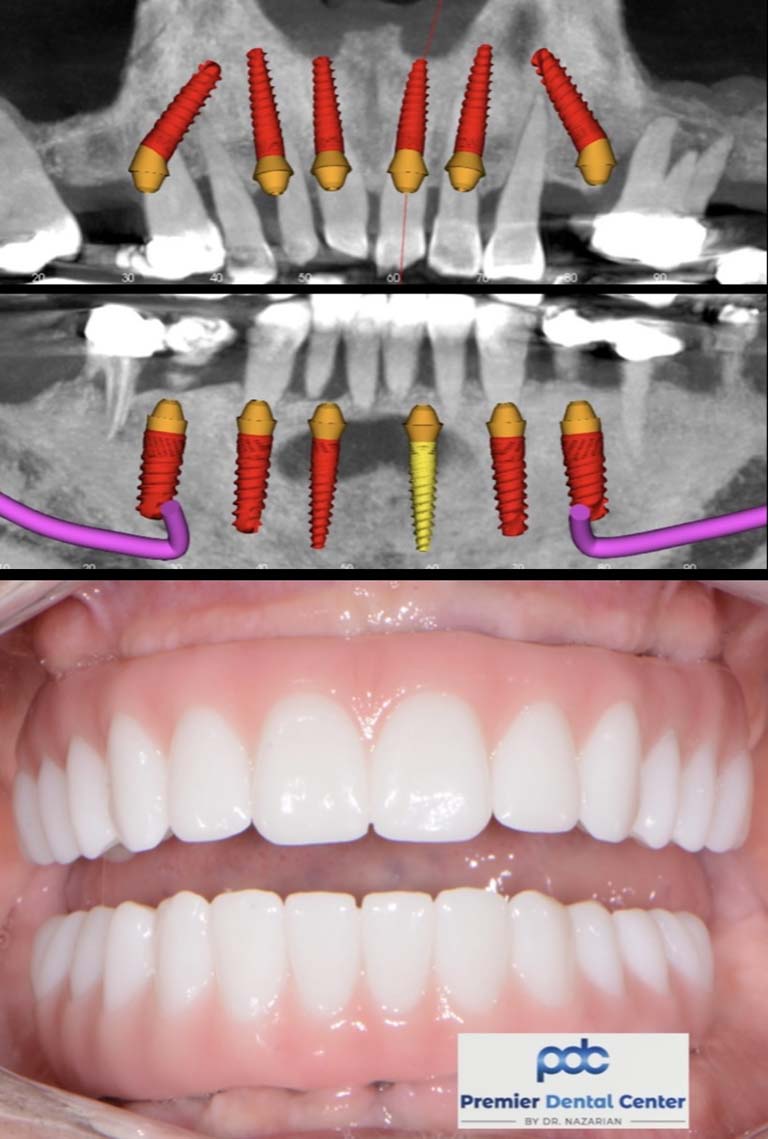Some Known Factual Statements About Dental Sense
Some Known Factual Statements About Dental Sense
Blog Article
Dental Sense Fundamentals Explained
Table of ContentsAll about Dental SenseDental Sense Can Be Fun For EveryoneThings about Dental SenseThe Greatest Guide To Dental Sense
are clinical gadgets surgically implanted right into the jaw to recover an individual's capability to chew or their appearance. They provide assistance for fabricated (phony) teeth, such as crowns, bridges, or dentures. When a tooth is lost due to injury or disease, an individual can experience difficulties such as fast bone loss, faulty speech, or modifications to eating patterns that cause discomfort.Oral dental implant systems include a dental implant body and dental implant abutment and may additionally consist of an abutment addiction screw. Same day dental implants. The dental implant body is surgically placed in the jawbone instead of the tooth's origin. The dental implant joint is normally connected to the dental implant body by the abutment addiction screw and extends via periodontals right into the mouth to sustain the affixed artificial teeth
(https://go.bubbl.us/e7bebd/a315?/Dental-Sense)Framework of The Dental Implant System picking dental implants, speak with your dental provider about the potential advantages and threats, and whether you are a prospect for the treatment. Points to take into consideration: Your total wellness is a vital consider determining whether you are an excellent prospect for oral implants, how much time it will take to recover, and for how long the dental implant may remain in area.
Smoking cigarettes may impact the healing procedure and lower the long-lasting success of the implant. The recovery process for the implant body might take a number of months or longer, during which time you generally have a temporary joint instead of the tooth. the dental implant procedure: Meticulously follow the oral health instructions given to you by your oral supplier.
Some Of Dental Sense
Implant failing can cause the need for one more procedure to repair or change the dental implant system. Restores the capability to eat Restores cosmetic appearance Assists maintain the jawbone from shrinking because of bone loss Preserves the health and wellness of the bordering bone and gums Assists maintain adjacent (close-by) teeth secure Improves lifestyle Damages to bordering natural teeth during dental implant positioning Injury to the surrounding tissues during surgical procedure, such as sinus perforation Injury throughout surgical procedure (as an example, fracture of surrounding jawbone) Poor feature, such as feeling like the teeth do not bite together usually An experience that the tooth is loose or turning in location resulting from an abutment screw loosening up Implant body failing (looseness of the dental implant body) due to systemic infection, which might be most likely in people with unchecked diabetes because of regional infection in bone and periodontals sustaining the dental implant body because of postponed recovery, which may be most likely in people that smoke Trouble cleaning the gums around the dental implant, causing inadequate dental health Unattended gum condition Post-surgical feeling numb as a result of nerve impingement or damages Always inform healthcare providers and imaging professionals that you have dental implants prior to any magnetic resonance imaging (MRI) or x-ray procedures.
FDA is not knowledgeable about any adverse occasions reported for MRI or x-ray procedures with dental implants. Dental implants systems are usually made of materials that adhere to global consensus standards of the International Company for Standardization (ISO) or ASTM International. These criteria have information of what makes a safe material.

An oral implant is a structure that replaces a missing out on tooth. With screw-like tools, the surgeon inserts an implant right into the jawbone, and it acts as a support for an artificial tooth, called a crown.
The Best Guide To Dental Sense
Some people are not qualified for oral implant surgical procedure. It is for oral surgeons to run on individuals with: intense illnessuncontrollable metabolic diseasebone or soft cells illness or infectionIf these concerns are settled, an individual can have the surgical procedure. In, oral cosmetic surgeons avoid operating people with: If individuals with any one of the above undertake dental implant surgery, there is a higher threat of the dental implant stopping working.

Dental dental implant surgical treatment is a customized procedure. It's not the same for every person. The following provides a basic summary of what you can expect your dentist, dental specialist, periodontist or prosthodontist to do: Put the implant operatively. Offer you time to recover. Affix the post and final crown, bridge or denture.
Next off, your specialist will carefully place the oral implant linked here right into your jaw. If your implant is near the front of your mouth, your dental professional will certainly make a short-lived tooth for you to wear up until you recover.
See This Report about Dental Sense
Throughout the recovery stage, your jawbone should fuse to the dental implant. This procedure can take anywhere from 3 to 9 months.
As soon as your implant heals, your dental practitioner can connect the joint (little connector message) and your final remediation (crown, bridge or denture). This typically takes about one hour to finish and might need a second small surgical procedure. You shouldn't really feel any discomfort throughout your dental implant treatment since your supplier will certainly make use of medication to numb your gums.
Report this page